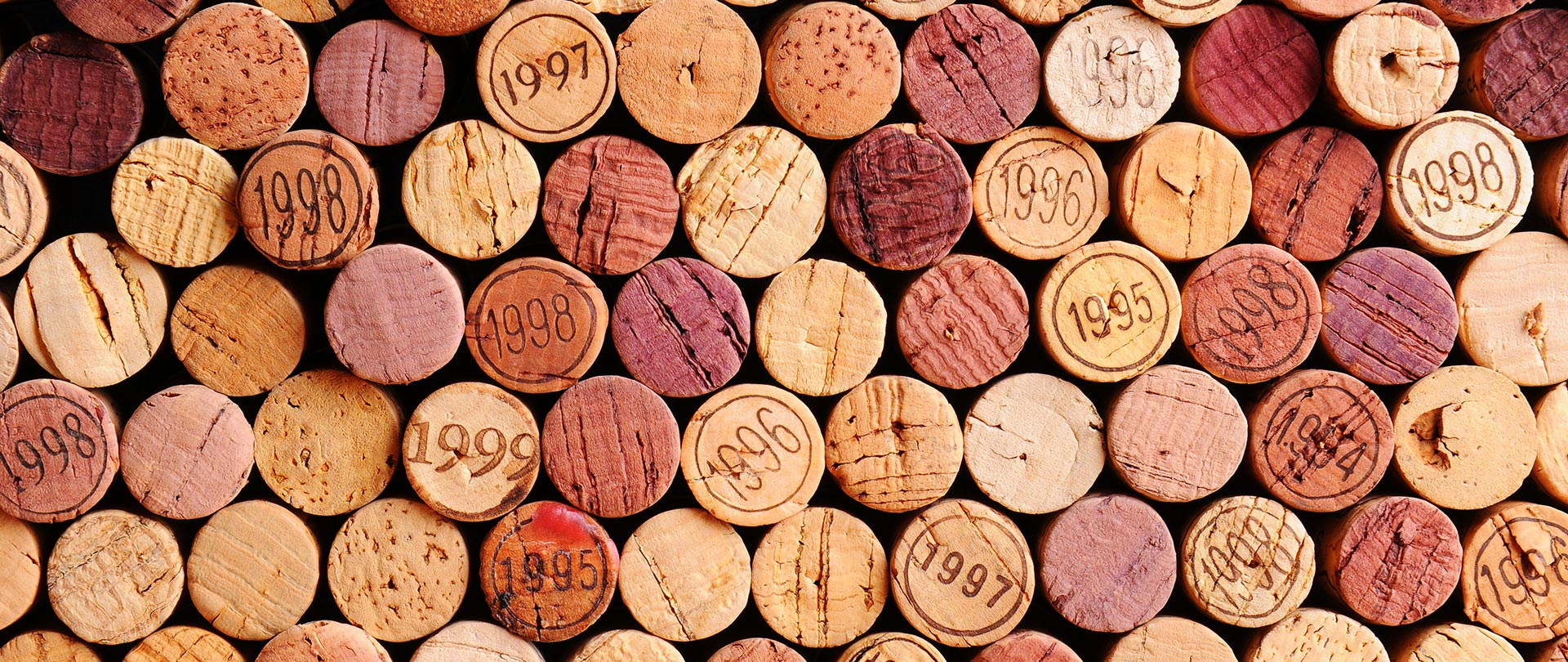When it comes to sealing wine bottles, the debate between cork and screw caps is a lively one. Each has its proponents and critics, and both have distinct advantages and disadvantages. Understanding these can help you make an informed decision whether you’re a winemaker, a sommelier, or simply a wine enthusiast. WGoS has bottles that are using both, so which is better?
Cork: Tradition and Romance
Pros:
- Heritage and Prestige: Cork has been used for centuries and carries with it a sense of tradition and authenticity. For many, the ritual of pulling a cork from a bottle is an essential part of the wine experience.
- Aging Potential: Cork is slightly porous, allowing small amounts of oxygen to interact with the wine over time. This slow oxidation process can enhance the complexity and depth of certain wines, especially those designed for aging.
- Eco-Friendly: Cork is a natural, renewable resource harvested from the bark of cork oak trees. The harvesting process is sustainable and cork forests are important ecosystems that support biodiversity.
Cons:
- Cork Taint: A significant drawback of cork is the risk of cork taint, caused by a compound called TCA (trichloroanisole). This can impart musty, off-flavours to the wine, rendering it undrinkable. Estimates suggest that between 1-5% of cork-sealed bottles are affected by TCA.
- Inconsistency: Natural corks can vary in quality and density, leading to variability in how they seal the bottle and, consequently, in how the wine ages.
- Cost: Corks are generally more expensive than screw caps, contributing to higher production costs which can be passed on to consumers.
Screw Caps: Modern Efficiency
Pros:
- Reliability: Screw caps provide a consistent seal that virtually eliminates the risk of cork taint. This reliability ensures that the wine remains as the winemaker intended, without the threat of spoilage.
- Convenience: Screw caps are easy to open and re-seal, making them user-friendly. This convenience is particularly appreciated in casual settings where the focus is on enjoying the wine rather than the ceremony of opening it.
- Preservation: Screw caps create an airtight seal that is excellent for preserving the freshness and fruitiness of wines, particularly white wines and rosés, which are best enjoyed young.
Cons:
- Perception: Despite their practical advantages, screw caps can carry a stigma, particularly among traditionalists who equate them with lower-quality wines. This perception can affect the marketability of wines sealed with screw caps.
- Aging Debate: There is ongoing debate about how well wines sealed with screw caps age compared to those sealed with cork. While some studies suggest screw caps are equally effective, others argue that the lack of oxygen exchange could limit the development of complex aging characteristics. Some screw caps now have micro-holes to enable that oxygen exchange, mimicking cork.
- Environmental Concerns: Screw caps are typically made from aluminum, which is recyclable but involves energy-intensive production processes. The environmental impact can be mitigated with proper recycling, but it remains a consideration.
Conclusion
Both cork and screw caps have their merits and drawbacks. The choice between them often comes down to the type of wine, the intended consumer experience, and personal preference. Cork offers tradition, prestige, and a unique aging process, making it ideal for wines meant to be savoured and aged. Screw caps provide reliability, convenience, and are excellent for preserving the bright, fresh flavours of wines intended for immediate enjoyment.
In the end, the best seal is the one that aligns with the winemaker’s goals and enhances the drinker’s experience. Whether you find yourself savouring a vintage Bordeaux or a crisp Sauvignon Blanc, understanding the nuances of cork and screw caps can deepen your appreciation for the art and science of winemaking.

